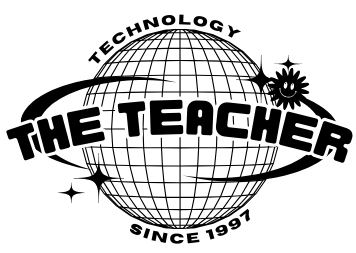On-Page SEO: Optimizing Your Content for Search Engines

On-page SEO is a critical component of search engine optimization that focuses on optimizing individual web pages to rank higher and earn more relevant traffic. By mastering on-page SEO techniques, you can improve your content’s visibility and attract more organic traffic. In this guide, we’ll cover essential on-page SEO techniques, best practices for content optimization, and useful tools to help you achieve your SEO goals.
What is On-Page SEO?
On-page SEO refers to the practice of optimizing various elements within your website to improve its ranking on search engine results pages (SERPs). This includes optimizing your content, HTML source code, and other on-page elements to make your site more attractive to search engines. Unlike off-page SEO, which focuses on external factors like backlinks, on-page SEO is entirely within your control.
Essential On-Page SEO Techniques
1. Title Tags
Title tags are one of the most important on-page SEO elements. They tell search engines and users what your page is about. Ensure your title tags are:
- Descriptive and relevant to the content.
- Include the primary keyword.
- Kept within 50-60 characters to avoid truncation in SERPs.
2. Meta Descriptions
Meta descriptions provide a brief summary of your page content. They should:
- Be compelling and encourage clicks.
- Include the primary keyword.
- Be around 150-160 characters long.
3. Header Tags (H1, H2, H3, etc.)
Use header tags to structure your content and make it easier to read. The H1 tag should include the primary keyword and clearly indicate the main topic. Use H2 and H3 tags for subheadings and to organize your content logically.
4. Keyword Optimization
Incorporate your target keywords naturally throughout your content. Avoid keyword stuffing, as it can negatively impact your rankings. Focus on:
- Primary keywords in the first 100 words.
- LSI (Latent Semantic Indexing) keywords to provide context.
- Variations of your primary keyword.
5. Image Optimization
Optimize your images by:
- Using descriptive file names with keywords.
- Adding alt text to describe the image and include keywords.
- Compressing images to improve page load speed.
6. Internal Linking
Link to other relevant pages on your site to:
- Improve navigation and user experience.
- Distribute link equity across your site.
- Help search engines understand the structure of your website.
7. Content Quality
Create high-quality, valuable content that meets the needs of your audience. Focus on:
- Originality and uniqueness.
- Comprehensive coverage of the topic.
- Engaging and readable content with proper grammar and spelling.
Best Practices for Content Optimization
1. User Experience (UX)
Ensure your website provides a positive user experience by:
- Having a responsive design that works on all devices.
- Ensuring fast page load times.
- Making your site easy to navigate.
2. Mobile-Friendliness
With the increasing use of mobile devices, it’s crucial to have a mobile-friendly website. Use Google’s Mobile-Friendly Test tool to check your site’s mobile compatibility.
3. Page Speed
Page speed is a ranking factor for search engines. Improve your site’s speed by:
- Compressing images.
- Minimizing CSS and JavaScript files.
- Using a Content Delivery Network (CDN).
4. Structured Data
Implement structured data (schema markup) to help search engines understand your content better and provide rich snippets in SERPs. Use tools like Google’s Structured Data Markup Helper to add schema markup to your site.
Conclusion
Mastering on-page SEO is essential for improving your website’s visibility and attracting more organic traffic. By implementing the techniques and best practices outlined in this guide, you can optimize your content for search engines and provide a better user experience. Use the recommended tools to enhance your on-page SEO efforts and stay ahead of the competition.






